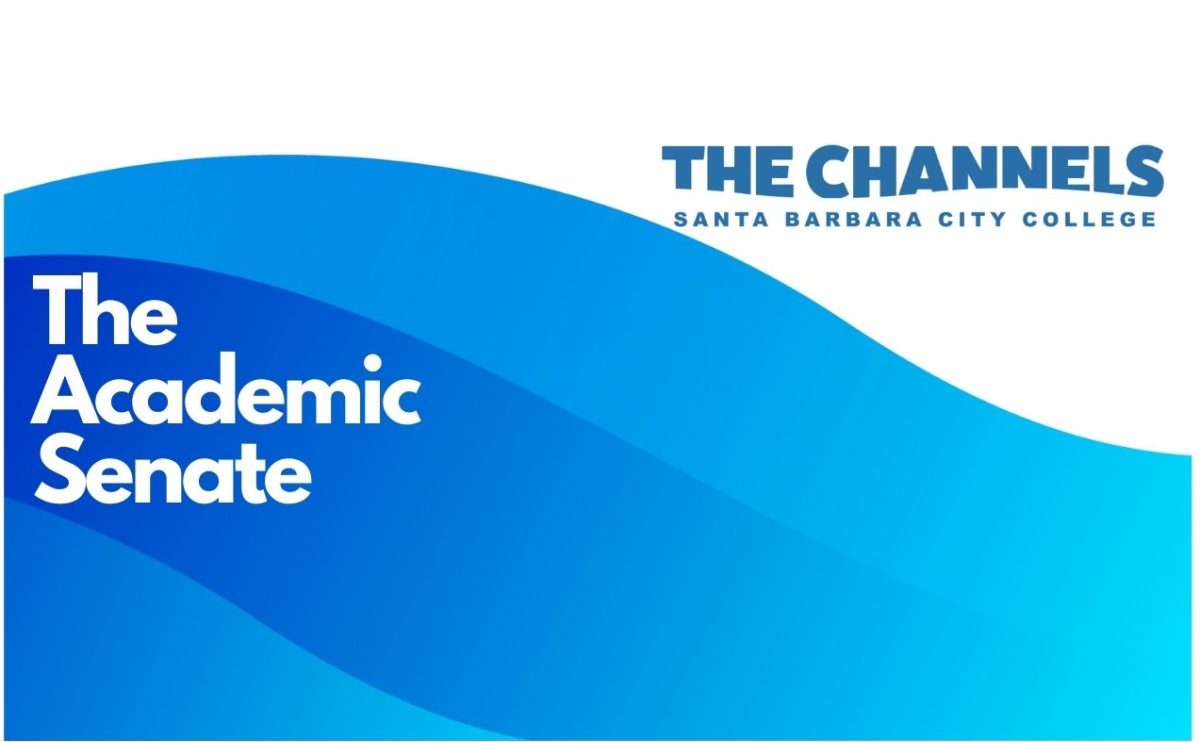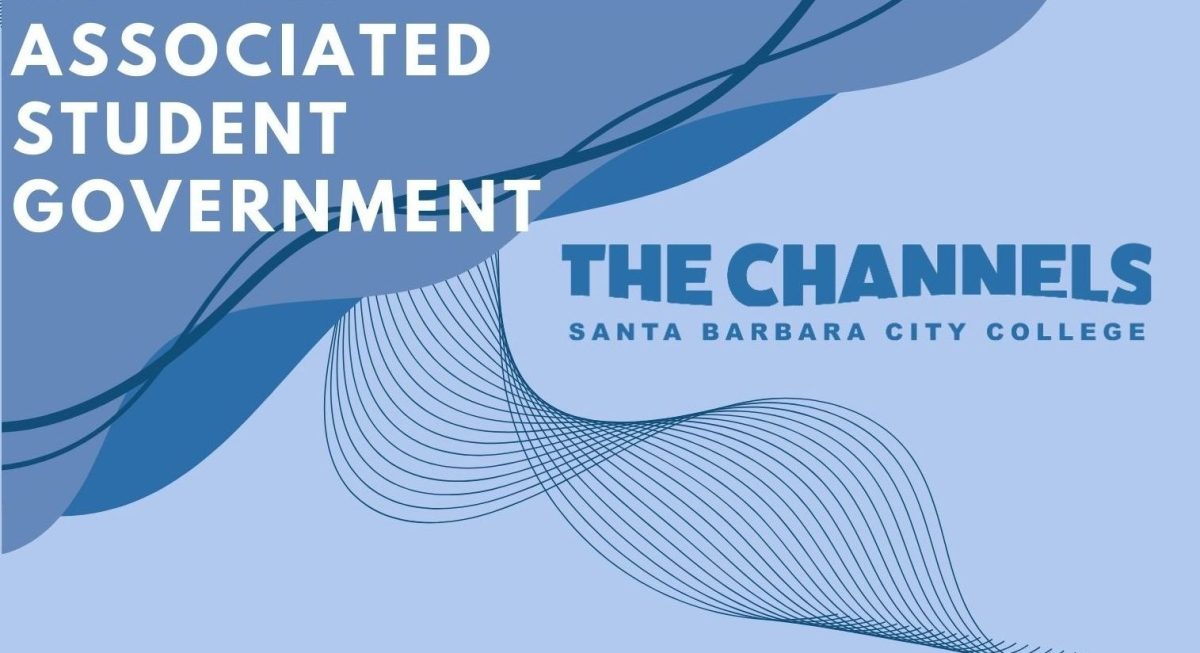Santa Barbara City College received $2 million less than anticipated in funding this academic year, prompting a series of campuswide cuts.
Recently the California Community College Chancellor’s Office rolled out its Student Centered Funding Formula, a new algorithm that will determine how community colleges will be financed.
An issue arose when City College was informed that the amount it was meant to receive would be significantly less due to a lack of funds from the state.
The cuts include a hiring freeze, and $700 thousand being taken out of the student and non-student hourly workers fund.
The Chancellor’s office has acknowledged that these changes are being made in an attempt to shrink the achievement gap, a term coined to describe the graduation and transfer rate disparity between white and minority students.
According to the California Community College’s Vision for Success, “In the community college system, certain student groups are much less likely to reach a defined end goal such as a degree, certificate, or transfer.”
At the August 22 Board of Trustees meeting, C.M. Brahmbhatt, managing director of the Cambridge West Partnership, a company that provides educational, technological and fiscal advice to California community colleges, explained how this change will drastically affect our campus.
“This is a changing and challenging time for California community colleges,” Brahmbhatt said.
He explained that previously, a community college was funded based solely on its number of full-time enrollment students, or students enrolled in 12 units or more.
While approximately 70% of the budget will still be based on this plan, the remaining 30% will be based on the number of underrepresented students and student success.
Students who receive the Pell Grant, the SBCC Promise or qualify for Assembly Bill 540 are considered underrepresented.
“[The Chancellor’s Office] wants to hold colleges accountable for the success of these students,” Brahmbhatt said.
This formula also comes at a time when enrollment at City College is steadily declining.
According to the Chancellor’s Office, between the 2012-13 and 2016-17 school years, the number of full-time equivalent students decreased by about 2 thousand.
Fiscal Services Controller James Zavas said this decline has a significant impact on the college’s funding.
“As our [full-time enrollment students] goes down, we lose money, and we’ve been in decline for quite a while,” he said.
Although these changes have proven a difficult adjustment, the Chancellor’s Office continues to promote supporting marginalized students and fostering their success.














